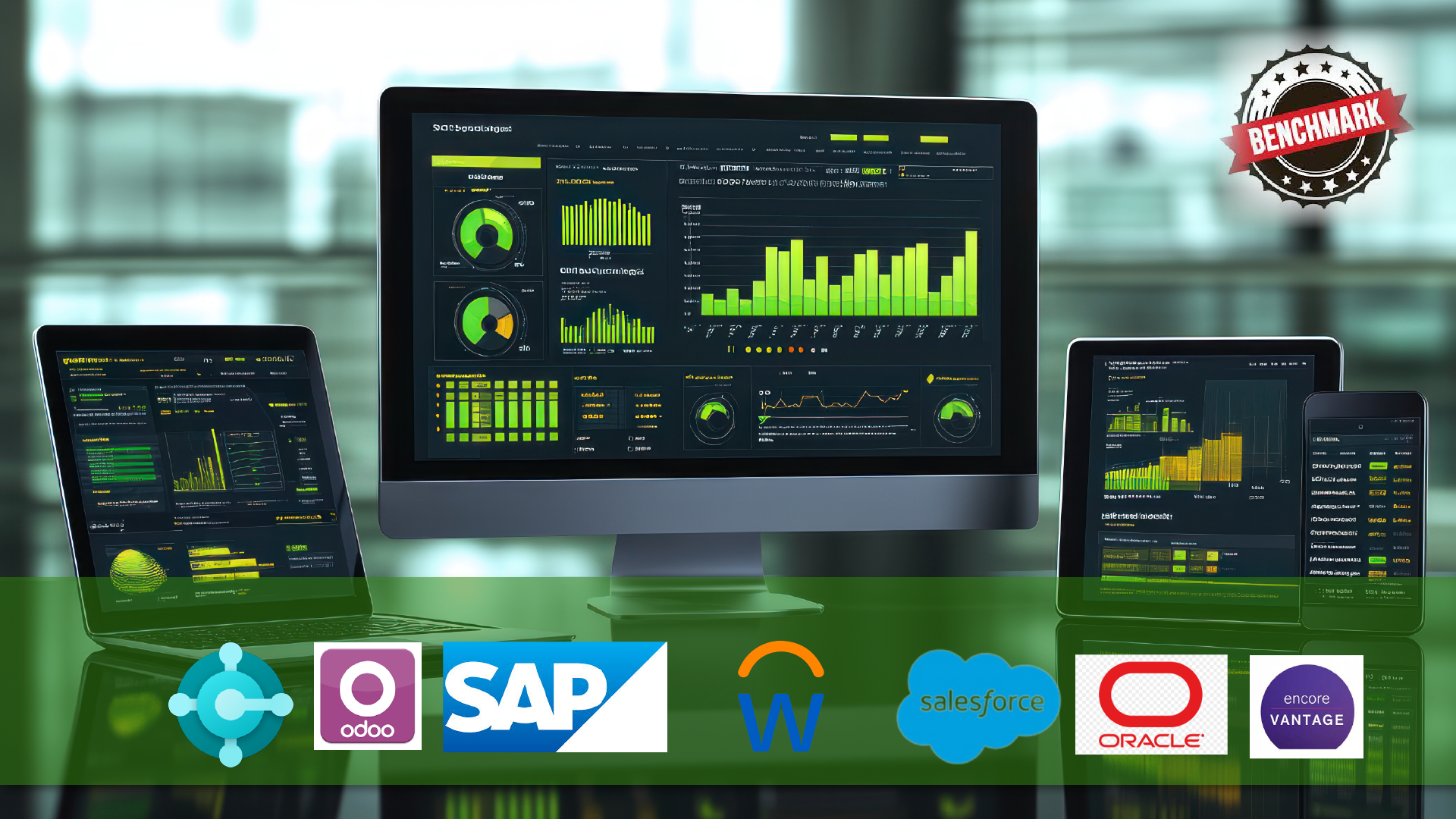When a global ERP vendor releases a module, it is not merely shipping software; it is publishing an operational blueprint distilled from thousands of successful-practice observations across industries and geographies. By aligning your organisation’s real-world data, roles and workflows to that blueprint—without excessive customisation—you are, in effect, demonstrating conformity to a de-facto international standard for that business domain. This turns the ERP itself into a live conformity-assessment tool and a benchmark against which process maturity can be scored
Why a Tier-1/Tier-2 ERP Qualifies as a Benchmark
| ERP Design Principle | Embedded Best-Practice Source | Governance Impact |
| Modular architecture (Finance, SCM, HR, QA, Projects) | IFRS/GAAP, Lean, ISO 9001/27001, ITIL, COBIT | Segregation of duties, auditable controls |
| Pre-configured approval & posting flows | SOX, COSO, EU data-protection acts | Reduces fraud risk, enforces accountability |
| Native analytics & KPIs | APQC process classifications, industry KPIs | Real-time performance transparency |
| Security & traceability layers | NIST 800-53, ISO 27001 Annex A | Immutable audit trails, role-based access |
Because these design choices are baked into Dynamics 365 BC, SAP S/4HANA, Oracle Cloud ERP, Odoo Enterprise, etc., using the software “out of the box” means adhering to the same control objectives auditors validate manually.
Mapping ERP Modules to Formal Control Frameworks
| ERP Module / Feature | Mirrors Control Domains In | Sample Built-In Mechanism |
| General Ledger & Sub-ledgers | SOX §404, COSO, ISO 22301 (continuity) | Multi-dimension CoA, posting preview, reconciliation rules |
| Procurement & Inventory | ISO 28000, CIPS ethics, Lean/Kanban | Three-way match, EOQ, ABC classification |
| HR & Payroll | ISO 30414 (human-capital reporting) | Position hierarchy, statutory payroll calendar, GDPR field-level masks |
| Quality/Compliance (QM, QA) | ISO 9001, GMP Annex 11, ISO 45001 | Non-conformity workflows, CAPA tasks, electronic signatures |
| IT/Workflow & Security | COBIT 2019, ITIL 4, ISO 20000-1 | Change-log, release management, service catalogue |
- If your operational transactions “fit” these modules, your processes inherently satisfy their aligned standards.
“ERP-Fit” Conformity Assessment Methodology
- Baseline Gap Scan
Import key master data (chart of accounts, vendor/customer cards, item masters, org structure) into a vanilla ERP sandbox. - Process Simulation & Playback
Run representative transactions end-to-end (e.g., Procure-to-Pay, Hire-to-Retire). Log every deviation where the ERP demands missing data, steps or approvals. - Fit/Gap Matrix & Control Mapping
Classify gaps as:
Configuration (solved by parameter toggle) vs. Customisation (code/extension).
Map each gap to an ISO/COBIT/ITIL control the organisation is failing to satisfy. - Maturity Scoring
- Level 1 = <60 % standard fit → high process entropy
- Level 2 = 60-80 % → baseline compliance, optimisation needed
- Level 3 = >80 % → process excellence, audit-ready
- Remediation & Continuous Monitoring
Close high-risk gaps first; then embed Power BI/SAP Analytics Cloud dashboards to watch conformance drift in real time.
Strategic Value
Faster Audit Cycles — Auditors test system controls already codified in the ERP, reducing manual sampling.
- Objective Process Benchmarking — Removes subjectivity; “If it won’t post, it won’t pass.”
- Change-Management Catalyst — Users adapt to global best practice instead of preserving legacy work-arounds.
- Investment Justification — Demonstrates ROI: the ERP is both a transaction engine and a governance accelerator.
Adoption Roadmap
- Executive Buy-in — Position ERP-Fit as a governance and risk-management initiative, not just an IT upgrade.
- Pilot One Core Flow — e.g., “Purchase-to-Pay” in D365 BC with real vendor invoices.
- Quantify Gaps & Cost of Non-Conformance — Convert manual workarounds into risk/cost metrics.
- Scale Across Modules — Finance → SCM → HR → Projects, locking each stage once 80 % fit is achieved.
- Formalise as Corporate Standard — Embed ERP-Fit scoring in internal audit charter and supplier assessments.
Bottom Line
Treating a world-class ERP as a living standard transforms it from a passive data store into an active conformity assessment engine. Organisations that can run their business with minimal deviation from vanilla D365 BC, SAP, Oracle, or Odoo are provably aligned to globally recognised controls and are, by definition, operating near the frontier of process excellence.
m.h. 03/07/2025 :: Thursday :: Uttara, Dhaka


Leave a Reply